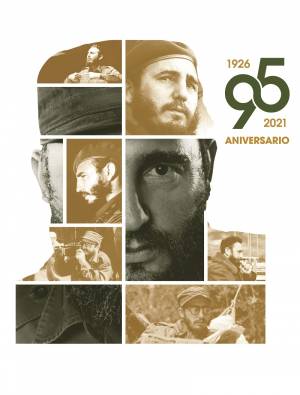The agreement signed by Bogota and FARC-EP also sets the terms for the laying down of weapons by the insurgent group and security guarantees for the return of its members. Although this agreement does not achieve definitive peace, it is recognized by the international community as its immediate prelude.
There has never been progress in the peace process in Colombia and the recent agreements brings the two sides, as never before, to the end of the armed conflict they have been dealing with for more than five decades. More than 200,000 people have died, and another 45,000 are disappeared, as a result of the conflict.
The signing ceremony was led by Colombia’s President, Juan Manuel Santos and FARC-EP commander, Timoleon Jimenez, representing the conflicting sides. Presidents and other top international authorities attended the event.
Cuban President, Raul Castro; and Norway’s Foreign Minister, Borge Brende, participated as guarantors, while Chile’s President, Michelle Bachelet; and Venezuela’s Nicolas Maduro, did so as accompanying nations. United Nations Secretary-General, Ban Ki-Moon, also attended the ceremony as a special guest. Ban came accompanied by the presidents of the Security Council and the General Assembly of the UN.
The Dominican Republic’s President, Danilo Medina, as a president of the Community of Latin American and Caribbean States (CELAC); El Salvador’s President, Salvador Sanchez Ceren and special envoys of the United States and the European Union for the peace process, also participated. The presence of so many international leaders shows the level of international support for Colombia’s peace, while recognizing Cuba’s ability to promote dialogue and understanding.
In this sense, President Raul Castro said the island would continue providing the necessary facilities and doing everything possible to end the conflict between the government and FARC-EP, with modesty, discretion and deep respect for all positions. Cuba’s willingness to engage with peace was also shown in February, during the meeting between the Supreme Pontiff of the Catholic Church, Pope Francis, and the Patriarch of the Russian Orthodox Church, His Sanctity Kirill.
The first meeting between the leaders of Christian churches in 1,000 years, allowed the signing of a joint statement in which they discussed current political-religious issues and made a call for peace. After signing the declaration, Pope Francis recognized in the Cuban people its “active availability” for dialogue and stated that if the island continues this way, “Cuba would be the capital for unity.” Similarly, the Caribbean island was chosen by CELAC in 2014 as a peace zone.


